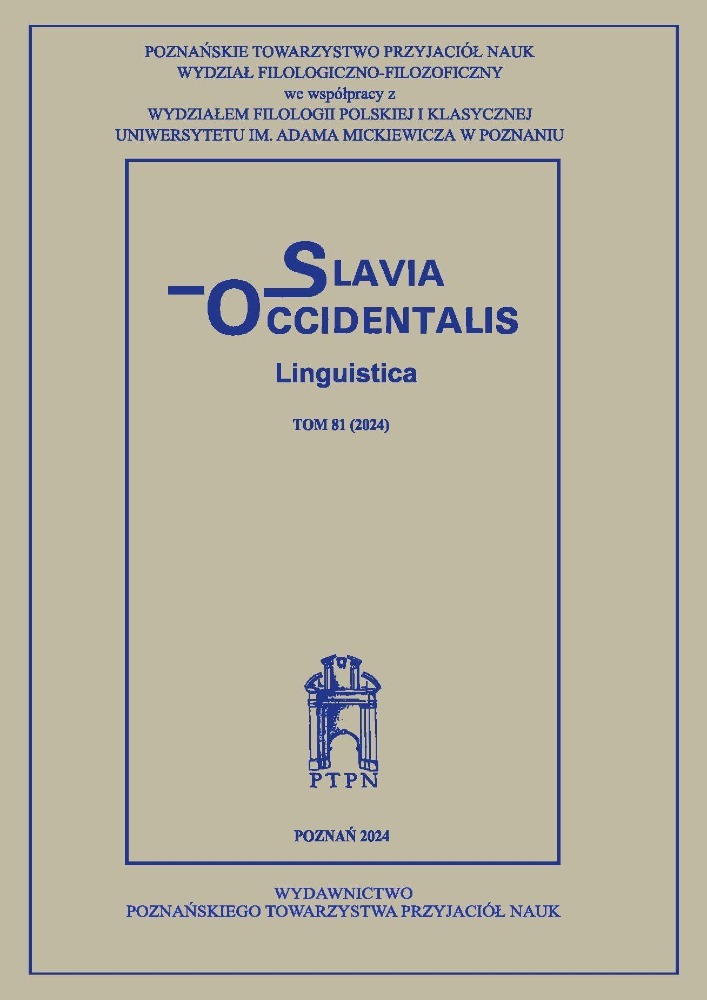Abstrakt
The article presents the results of an experiment carried out with Polish language users, namely the linguistic representation of an unpleasant smell in Polish linguistic culture, and the smells identified by the speakers in the bathroom and the bedroom a reflection of these concepts in Polish dictionaries. Psycholinguistic realities differ from the lexicographic representation, there is no reference to smell in the dictionaries which, in my opinion, may hinder recognition specific objects.
Bibliografia
SJP DO ‒ Doroszewski W. (red.), 1958-1969, Słownik języka polskiego, t. I-XI, Warszawa.
WSJP ‒ Żmigrodzki P. (red.), Wielki słownik języka polskiego PAN, www.wsjp.pl.
PWN ‒ Słownik języka polskiego PWN, https://sjp.pwn.pl/.
Desor, J.A., Beauchamp G.K., 1974, The human capacity to transmit olfactory information, „Perception and Psychophysics” 16, s. 12-20. DOI: https://doi.org/10.3758/BF03198586
Kubryakova E., 1997, Chasti rechi s kognitivnoj tochki zreniya.
Laenko L.V., 2005, Perceptivnyj priznak kak obʺekt nominacii, Voronež.
Pluzhnikov M., Ryazantsev S.V., 1991, Sredi zapahov i zvukov, Moskva.
Sluhaj N., 2012, Perceptivnyj prototip i osobennosti ego verbalizacii v yazyke i rechi, „Rusistika. Sbornik nauchnyh trudov” 12, s. 17-24.
Licencja
Prawa autorskie (c) 2024 Alina Yodlovska

Utwór dostępny jest na licencji Creative Commons Uznanie autorstwa – Użycie niekomercyjne – Bez utworów zależnych 4.0 Międzynarodowe.

